Recent Strandings in The Bahamas
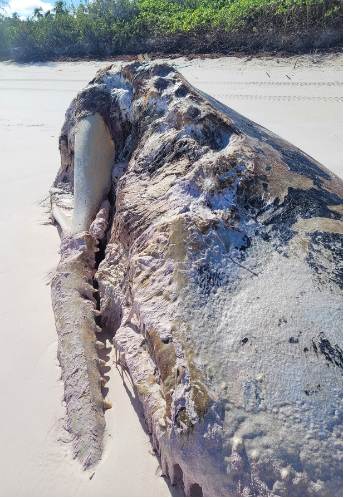
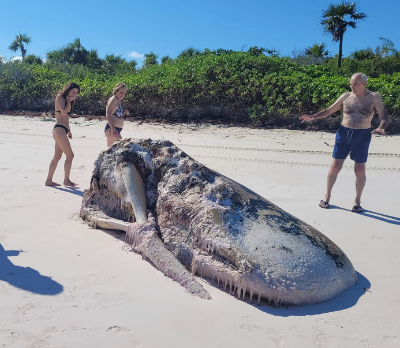
Sperm whale head, Eleuthera, December 2023
Humpback Whale Calf, Cat Island, Jan 2024
In January 2024, a near-term humpback whale calf stranded on Cat Island. Stranding network responder Nikita Shiel-Rolle reported the incident, and Fisheries Officer Nathaniel Gilbert collected genetic samples. The calf, approximately 10 feet (3 meters) long, was too decomposed for further analysis.

Humpback whale calf, Cat Island, January 2024
Risso’s Dolphin, Harbour Island, March 2024
A Risso’s dolphin was found dead on Harbour Island in March 2024. A dedicated team, including Dr. Sands, Dr. Higgs from CEI, and others, performed a necropsy. The dolphin, a 10-foot-long male, was emaciated with an empty stomach. Samples were taken for analysis to test for Brucella, morbillivirus, and genetic studies.

Risso’s dolphin, Harbour Island, March 2024
BMMRO Joins The Global Stranding Network
Exciting news! The Bahamas Marine Mammal Stranding Network has joined the Global Stranding Network. This international coalition brings together stranding networks from around the world to share data, resources, and expertise to improve the response to and understanding of marine mammal strandings. By joining this network, we’re now part of a global effort to protect marine mammals, leveraging international collaboration to enhance our conservation strategies.
In April, we exported preserved specimens from fourteen stranding events over the past two decades to NOAA’s Southeast Fisheries Science Centre (Figure 4). These samples will be examined for diseases, providing insights into the health of our marine mammals and, by extension, our marine environment. We look forward to the day when we can conduct these analyses right here in The Bahamas.
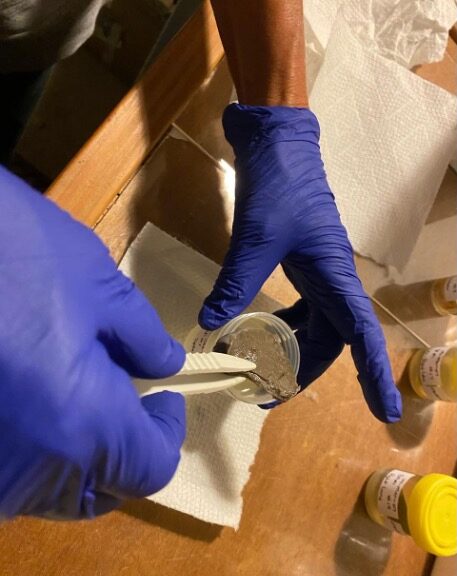
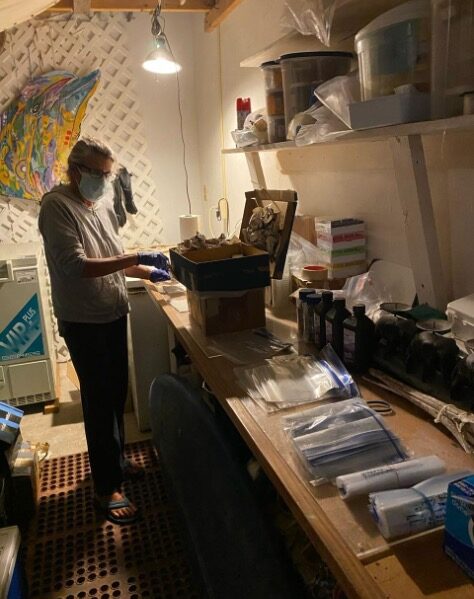
Preparing samples for export, April 2024
Manatee Sightings
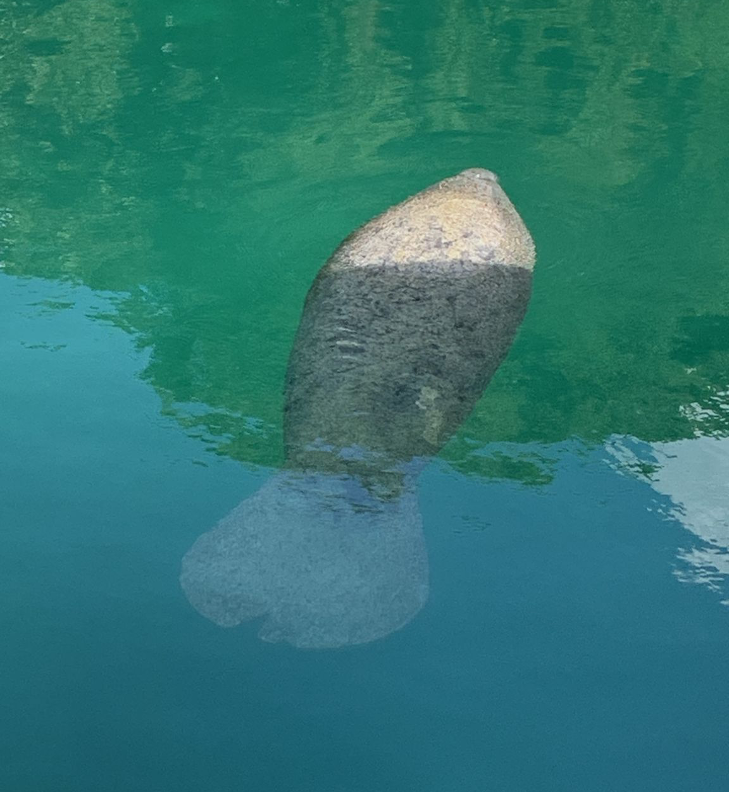
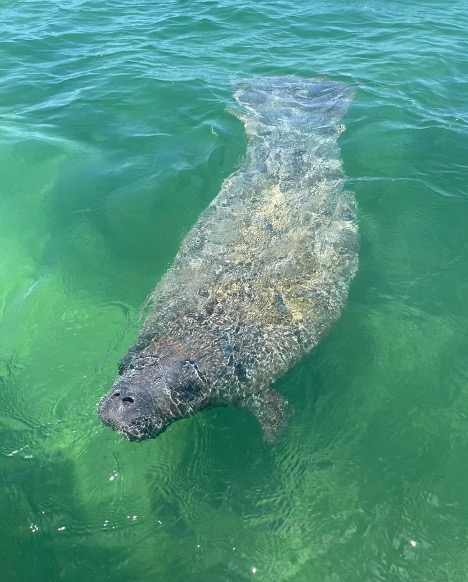
Manatee sightings in Spanish Wells (left) and Abaco (right).
Why Report A Stranding?
Strandings provide crucial information about marine mammal biology and health, which reflects the overall health of our marine ecosystems. This includes data on species age, diet, and disease prevalence within populations. Reporting strandings helps us gather this essential information.
The Bahamas Marine Mammal Stranding Network
The Bahamas Marine Mammal Research Organisation (BMMRO), in partnership with the Bahamas Department of Marine Resources, Southeast U.S. Marine Mammal Stranding Network, and Atlantis’ Dolphin Cay, established the Bahamas Marine Mammal Stranding Network. Since 2008, over 70 participants and a dozen veterinarians from 15 Bahamian islands have been trained as network members.
When a stranding is reported, the network springs into action, with the nearest member responding quickly. Regular training workshops are conducted for Bahamians. Interested in participating? Join our Google group for updates, and visit our website for more information on stranding response.
Written by: Charlotte Dunn | Bahamas Marine Mammal Research Organisation | cdunn@bahamaswhales.org

